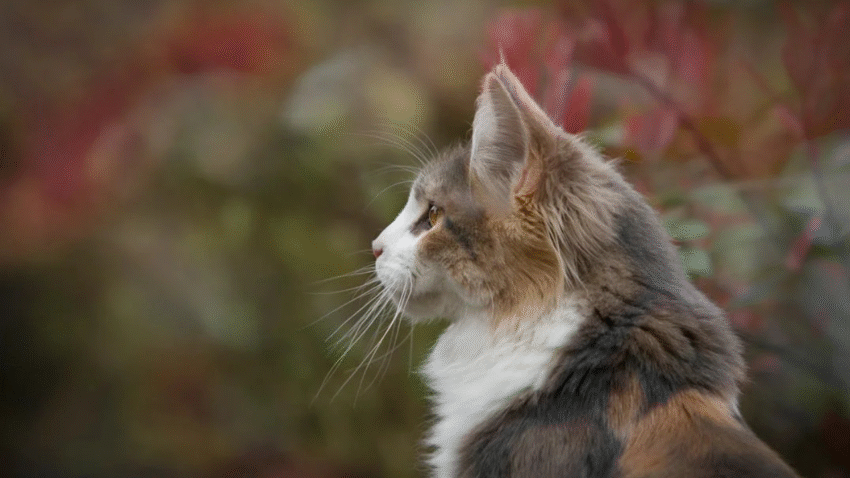Introduction
Wondering if your cat’s new diet is making a difference? Whether you’ve switched foods to address health concerns or are just trying to improve your cat’s nutrition, it’s important to know the signs that their diet is actually working. In this guide, you’ll learn how to tell if your cat’s diet is supporting their overall health—from energy levels to litter box habits—so you can make informed decisions about what they eat.
If you’ve ever asked, “Is this the right food for my cat?”—this article is for you.
Why Monitoring Your Cat’s Diet Matters
Your cat’s diet plays a huge role in their well-being. A high-quality, well-balanced diet affects more than just weight—it impacts energy, coat quality, digestion, and even mood.
Here’s why it matters:
- Prevents health issues like obesity, diabetes, and urinary problems
- Improves appearance through a shinier coat and brighter eyes
- Enhances energy and behavior for a happier, more active cat
- Promotes longevity by supporting immune and organ health
Feeding your cat properly is one of the best things you can do to support their lifelong health.
Step-by-Step Guide to Evaluating Your Cat’s Diet
Here’s how to check if your cat’s current food plan is delivering results.
1. Monitor Their Weight
- Healthy weight is the clearest sign of a working diet.
- Use a body condition score (BCS) chart from your vet to assess:
- You should be able to feel—but not see—their ribs.
- They should have a slight waist when viewed from above.
- Weigh your cat monthly using a baby scale or at the vet.
💡 Tip: Sudden weight gain or loss may indicate a problem with the food—or a deeper health issue.
2. Check Their Energy Levels
- Is your cat playful and alert? Or lethargic and sleeping more than usual?
- A well-fed cat has stable, consistent energy throughout the day.
- Sudden changes in activity level—especially after a diet change—should be evaluated.
Pay attention to their behavior around playtime and feeding.
3. Look at Their Coat and Skin
Your cat’s fur and skin reflect what they’re eating.
Signs of a healthy coat:
- Soft, shiny fur
- Minimal shedding
- No dandruff or flaky skin
- No excessive grooming or itching
Dull or greasy fur, excessive shedding, or dry skin may mean the diet lacks essential nutrients like fatty acids or protein.
4. Evaluate Litter Box Habits
What goes in must come out—and what’s in the litter box reveals a lot.
Signs of a good diet:
- Regular bowel movements (typically once per day)
- Firm but not hard stools
- Minimal odor
Loose stools, constipation, or frequent diarrhea could point to:
- A food allergy or intolerance
- Poor-quality ingredients
- Lack of fiber or hydration
Also monitor urination—frequent or overly concentrated urine may signal issues, especially if you’re feeding dry kibble without enough water.
5. Watch for Digestive Comfort
A diet that works won’t cause:
- Excessive gas
- Vomiting
- Regurgitation after meals
- Bad breath
If your cat often vomits shortly after eating or shows signs of tummy discomfort, you may need to try a gentler formula or consult your vet for advice.
6. Track Their Appetite
A healthy appetite is a strong sign their diet is working.
Look for:
- Eagerness to eat without overeating
- Consistent interest in meals
- No pickiness or refusal unless sick
Sudden disinterest in food or begging excessively could signal a dietary imbalance.
7. Look at Dental Health
Some signs your cat’s diet is helping their teeth:
- Clean teeth with minimal tartar
- No foul odor from the mouth
- Chewing food comfortably
Some dry foods are designed to help scrape tartar, but wet food offers moisture benefits. Balance is key, and routine dental care is still important.
Common Mistakes to Avoid
Avoid these common mistakes when evaluating your cat’s diet:
- Only checking the food label
➤ Marketing can be misleading. Look at real-world results in your cat’s health and behavior. - Changing diets too quickly
➤ Always transition slowly over 7–10 days to avoid stomach upset. - Assuming all cats need the same food
➤ Age, breed, and health conditions all affect dietary needs. - Feeding too many treats
➤ Treats should make up no more than 10% of your cat’s daily calories. - Ignoring subtle symptoms
➤ Changes in stool, energy, or coat condition can be easy to overlook—stay observant.
Extra Tips & Recommendations
Here are some expert suggestions to keep your cat thriving on their current diet:
- Use a food journal: Track what your cat eats and how they react.
- Consult your vet before switching diets—especially if your cat has medical conditions.
- Hydrate: Even with dry food, ensure your cat drinks enough water. Try fountains to encourage hydration.
- Adjust with age: Kittens, adults, and seniors all have different nutritional requirements.
Want to improve feeding consistency? Check out our guide on How to Feed Your Cat on a Consistent Daily Schedule.
Conclusion
So how can you tell if your cat’s diet is working? By watching for steady weight, good energy, healthy litter box habits, and a shiny coat. The best diet supports every part of your cat’s body—from digestion to behavior. With careful observation and small adjustments, you can give your cat the nutrition they need to live a long, vibrant life.
🐾 Keep an eye on the signs, and your cat will thank you—with purrs, cuddles, and great health.
